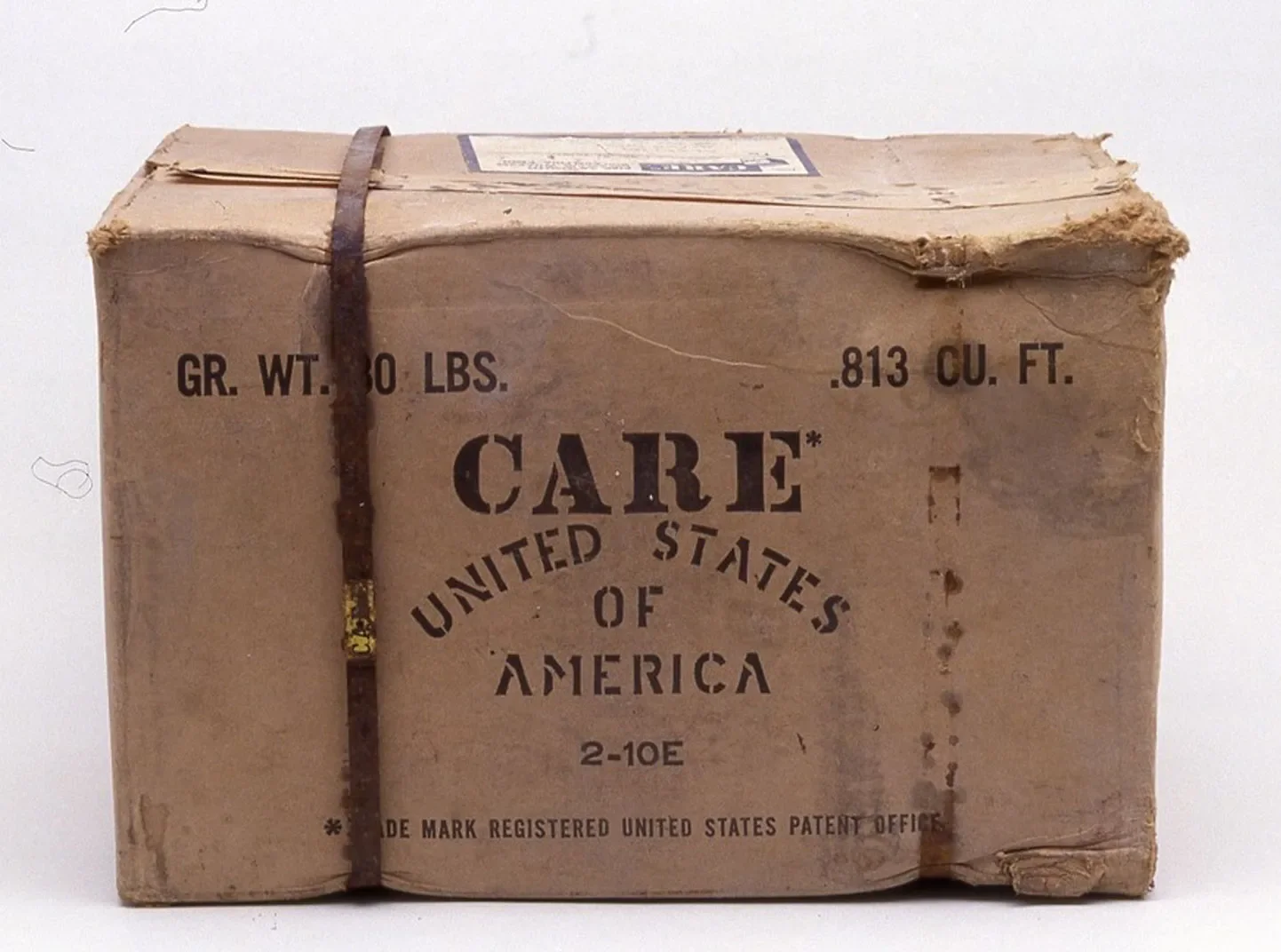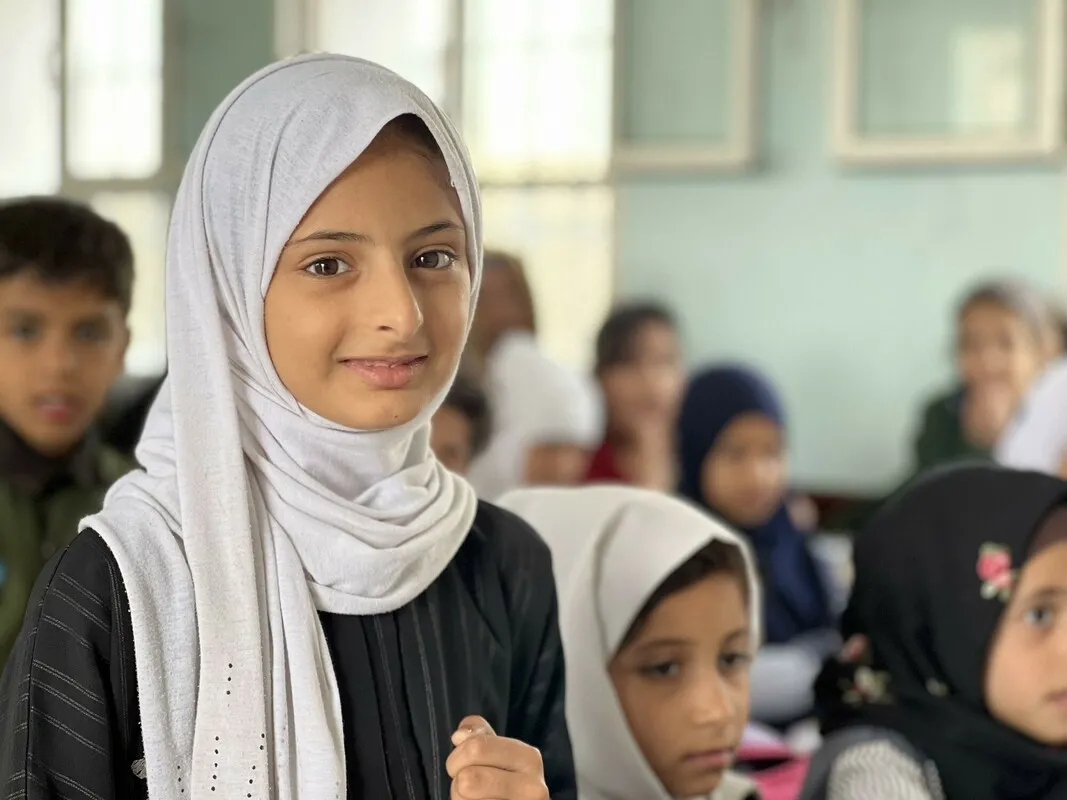Education is a powerful tool to break the cycle of poverty, promote equality, and open economic opportunities. CARE helps young people build essential skills for school, work, and life—so they can continue their education, find meaningful jobs, and achieve financial independence. Our programs are based on proven research and designed to improve learning, increase incomes, and support long-term economic stability.
We put children and youth at the center of our work by:
- Empowering students with confidence, life skills, and job readiness.
- Engaging parents and communities to create strong support systems in and out of school.
- Partnering with governments and schools to improve teaching, strengthen leadership, shape education policies, and increase funding.
By investing in education equality, we help create a more equal and prosperous future for all.


